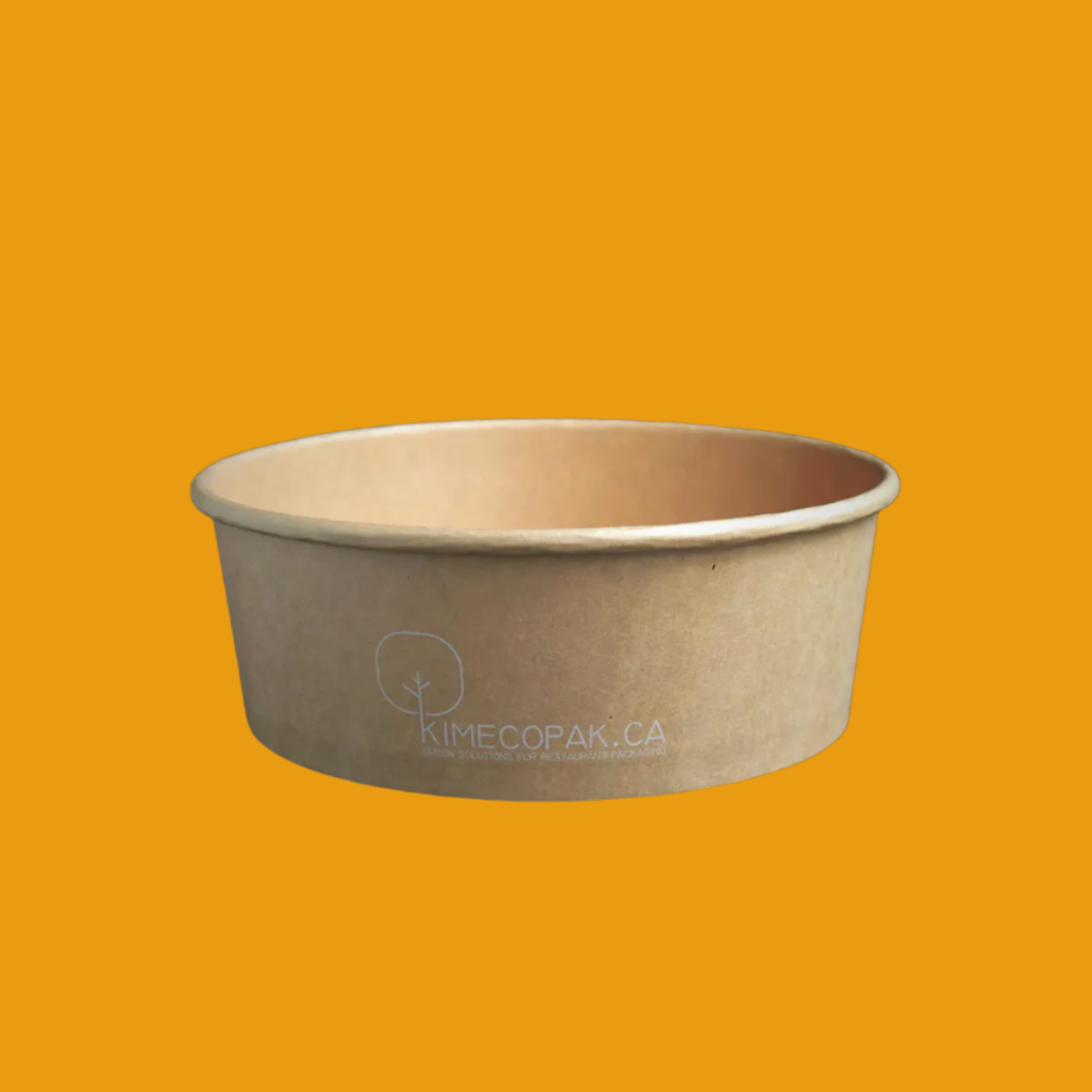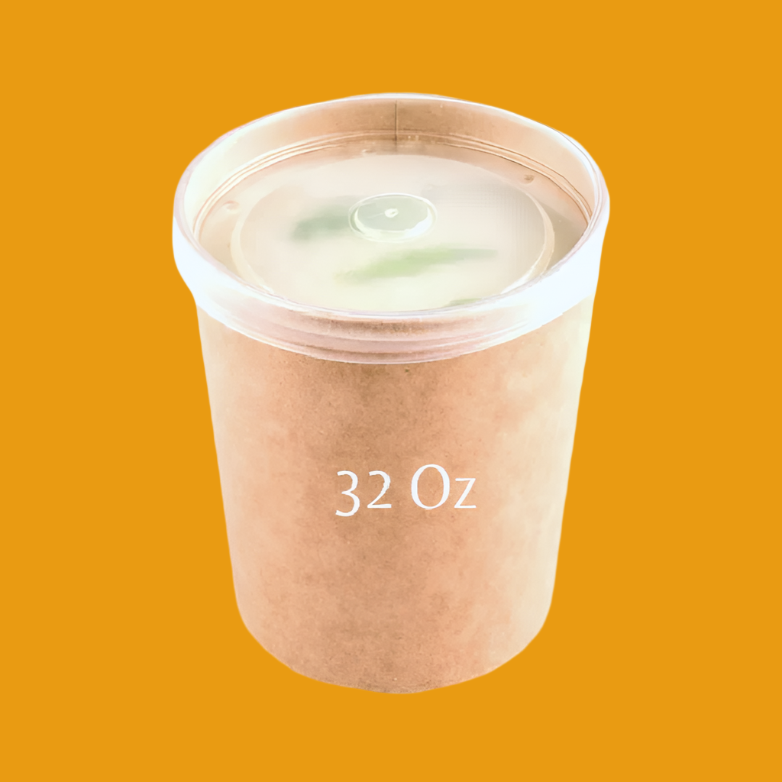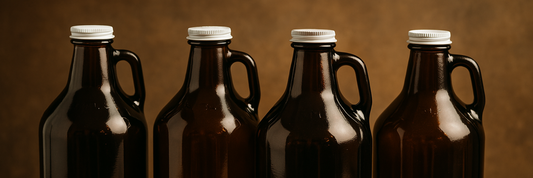The humble can is an everyday item that revolutionized food storage and preservation. But have you ever wondered how this simple metal container came to be? The history of the can dates back over two centuries, driven by the need for longer-lasting food supplies, particularly for military and naval expeditions. From its early days as a manually soldered tin vessel to today's lightweight and recyclable aluminum cans, the evolution of canning technology has transformed the way we store and consume food. In this article, we’ll explore the key milestones in the history of the can and how it has shaped modern packaging.
Early Days: The Quest for Food Preservation
Before the Can: Ancient Methods of Food Storage
For centuries before the invention of the can, our ancestors grappled with a fundamental challenge: how to keep food from spoiling. Imagine a time without refrigerators or freezers! Early civilizations relied on ingenuity and readily available resources to extend the shelf life of their harvests and hunts. Techniques like salting involved packing food, especially meats and fish, in large quantities of salt to draw out moisture and inhibit the growth of bacteria. Think of jerky or salted fish – these are direct descendants of these age-old methods. Smoking was another common practice, where food was exposed to smoke from burning wood. This not only helped to dry out the food but also infused it with chemicals that acted as preservatives. You might have tasted smoked sausages or fish, which retain this historical preservation essence.
Then there was drying, a simple yet effective method, particularly for fruits, vegetables, and grains. By reducing the water content, they became less hospitable to spoilage. Raisins and dried herbs are familiar examples. While these methods were crucial for survival and allowed for some level of food storage, they had significant limitations. The taste and texture of the food were often drastically altered, and their effectiveness varied depending on the climate and the type of food. Transportation of these preserved goods over long distances also remained a challenge. These early efforts laid the groundwork for the later, more effective industrial innovations in packaging history, highlighting the persistent human need for reliable food preservation history.
Nicolas Appert and the Birth of Canning (Early 19th Century)
The true precursor to the metal can emerged from the work of a French confectioner and chef named Nicolas Appert. In the late 18th and early 19th centuries, spurred by a contest offering a substantial reward from the French government to anyone who could devise a better way to preserve food for the army and navy, Appert dedicated himself to this problem. Around 1810, Appert developed a groundbreaking method. His technique involved carefully placing food into glass jars, sealing them tightly with corks and wax, and then subjecting the jars to prolonged heating in boiling water. This process, known as "appertization," effectively sterilized the food inside, killing the microorganisms that cause spoilage.
While Appert didn't fully understand the scientific principles behind his success (it would later be attributed to Louis Pasteur's work on microbes), his discovery was revolutionary. For the first time, food could be preserved for extended periods without significant alteration to its taste or nutritional value. This marked a pivotal moment in the development of canning technology and significantly improved food safety. Appert's invention, though utilizing glass jars, demonstrated the power of heat sterilization and airtight sealing for long-term food storage, paving the way for the subsequent adoption of more durable and practical metal container origins – the true beginning of the tin can history we know today. His work directly addresses the core of "History of canning for food safety", a key area of interest for those researching the evolution of food preservation.

The Advent of the Metal Can
Peter Durand's Patent: The First Metal Container (1810)
Following Nicolas Appert's pioneering work with glass jars, the next significant leap in the history of the can came in 1810 with the British patent granted to Peter Durand. While Appert is often credited with inventing the process of canning, Durand's patent marked the introduction of the first metal container for food preservation. Durand, a merchant of British and French origin, was granted Patent No. 3372 for "preserving animal, vegetable and other perishable food in tin, glass, pottery or other fit materials."
Although the patent mentioned various materials, it was the concept of using metal, particularly tinplate, that proved revolutionary. Metal offered several key advantages over glass. It was significantly more durable and less prone to breakage during transportation and handling, addressing a major limitation of Appert's glass jars. This robustness was crucial for supplying provisions to the British Navy and Army, where rough conditions were the norm. Durand's patent laid the foundation for the widespread adoption of what we now know as the tin can history, answering the fundamental question: "When was the first metal can invented?" and setting the stage for the evolution of can manufacturing techniques.

Early Can Manufacturing: A Slow and Sturdy Process
The initial methods for manufacturing these early metal cans were far removed from the high-speed automated processes we see today. The creation of each can was a laborious, largely manual affair, highlighting "What were the early challenges in manufacturing metal cans?" Skilled tinsmiths were essential to the process. They would cut sheets of tinplate by hand, shape them into cylinders, and then solder the seams to create a sealed container. The top and bottom lids were then similarly crafted and soldered onto the cylinder, leaving a small hole in the top for the food to be inserted.
Once filled, this hole was also sealed with solder. These early cans were remarkably thick and sturdy – a Root Attribute reflecting the manufacturing limitations and the need for durability without the benefit of modern lightweight yet strong materials like aluminum cans or steel cans. In fact, these early cans were so robust that they often required a hammer and chisel to open, a testament to their solid construction and a far cry from the convenience of today's easy-open tabs. This painstaking process meant that the production rate was slow, and the cost of these "Metal container origins" was relatively high, limiting their initial widespread use.
Bryan Donkin and John Hall: Bringing Canned Food to the Masses
The practical application and commercialization of Durand's patent were significantly advanced by the work of two Englishmen, Bryan Donkin and John Hall. In 1813, just a few years after Durand's patent, they purchased it and established the first commercial canning factory in Bermondsey, London. Their pioneering efforts marked a crucial step in the development of canning technology and the beginning of the modern canning industry. Donkin and Hall refined the manufacturing process, although it still remained quite manual.
They initially supplied canned food primarily to the British Navy, recognizing the immense potential of this technology for long voyages and military campaigns. Items like cooked meats, soups, and milk were among the first products to be commercially canned. While their factory represented a significant step towards mass production, the output was still limited, and the cost of canned goods remained high, making them a luxury item accessible mainly to the military and the wealthy. However, the establishment of Donkin and Hall's factory laid the groundwork for future advancements and the eventual widespread availability of canned foods, demonstrating the early impact of inventions on food preservation and transportation during the burgeoning Industrial revolution packaging.
The Impact of the Can on Society and Industry
Revolutionizing Food Preservation and Transportation
The invention of the can had a transformative effect on society, fundamentally changing how food was preserved and distributed. Before the can, transporting perishable goods over long distances was a major logistical challenge, often resulting in spoilage and limiting access to diverse food sources. The can effectively solved this problem. Its robust and airtight nature allowed for the safe transportation of food across vast distances, opening up new trade routes and enabling the supply of provisions to remote areas.
This was particularly crucial for military operations. Armies could now be fed reliably in the field, regardless of the local availability of fresh food. Think about the impact on naval expeditions and the exploration of new territories; canned goods became essential for survival and sustenance on long voyages, a testament to a Rare Attribute of this invention. The ability to preserve food for extended periods also meant that seasonal produce could be enjoyed year-round, contributing to a more varied and nutritious diet for many. The "Impact of inventions" in the realm of "food preservation history" is undeniable, as the can truly revolutionized "food storage" and "how did the invention of the can impact food preservation and transportation?"
The Growth of the Canning Industry
The success of canned food spurred the rapid growth of the canning industry. What started as small-scale operations, like Bryan Donkin and John Hall's factory, quickly expanded into a major global industry. As demand for canned goods increased, so did the need for more efficient manufacturing processes. This led to significant advancements in machinery and production techniques, driving further industrial innovations in the realm of "Industrial revolution packaging." Large canning factories emerged, creating numerous jobs and contributing significantly to the economic development of many regions.
The ability to process and preserve large quantities of food, from fruits and vegetables to meats and fish, created new markets for agricultural producers and transformed the food supply chain. The development of canning technology became a continuous process, with innovations aimed at increasing production speed, reducing costs, and improving the quality and safety of canned products. The economic impact of this burgeoning industry was substantial, influencing trade, agriculture, and employment on a large scale.
Canned Goods and Convenience in the Modern Era
In the modern era, canned goods have become an integral part of our busy lifestyles, offering unparalleled convenience and accessibility to a wide variety of foods. From staple items like canned tomatoes, beans, and tuna to more specialized products, the sheer variety of food now available in cans is staggering. You can find everything from fruits and vegetables preserved at their peak freshness to ready-to-eat meals, soups, sauces, and even desserts, all conveniently packaged for long shelf life. This convenience is particularly valuable for individuals and families with limited time for grocery shopping and meal preparation.
Canned goods offer a quick and easy way to put nutritious meals on the table, reducing food waste and providing a reliable source of sustenance. They are also essential for emergency preparedness, providing a readily available supply of non-perishable food. The packaging history of the can has evolved significantly, with modern aluminum cans and steel cans being lightweight, recyclable, and designed for ease of use with features like pull-top lids. The ongoing food technology evolution continues to refine canning processes, ensuring the safety, quality, and nutritional value of the vast array of canned goods that line our supermarket shelves today.
Iconic Can Designs and Cultural Significance
The Evolution of Can Shapes and Sizes
The humble can has undergone a remarkable transformation in its shape and size, adapting ingeniously to the diverse needs of the products it contains and the consumers who use them. Early cans were primarily cylindrical, a shape dictated by the manufacturing techniques of the time using tinplate. However, as the evolution of can manufacturing techniques progressed, so did the variety of forms. Taller, narrower cans became popular for beverages, optimizing grip and pouring.
Shorter, wider cans emerged for tuna and other solid foods, maximizing accessibility. Rectangular and oval cans found their niche for products like sardines and luncheon meats, allowing for efficient packing and shelf space utilization. Think about the classic tall, slim soda can versus the squat, wide can of baked beans – each design is a result of careful consideration of the product's properties, portion size, and consumer convenience. This continuous adaptation in "packaging history" demonstrates the impact of inventions in meeting specific market demands within the broader canning industry.

What is Slim Can? Dimensions and Sizes of Slim Cans
Branding and Labeling: From Simple to Sophisticated
The journey of can labeling mirrors the evolution of marketing itself. Early cans often bore simple, functional labels, sometimes just text directly printed onto the metal indicating the contents. As the industrial revolution packaging era took hold and competition increased, branding became more crucial. Labels evolved from basic descriptions to more visually appealing designs, often incorporating illustrations and brand names to attract consumers. Think of the early, often ornate labels on preserved fruits and vegetables.
The advent of lithography and other advanced printing technologies allowed for the creation of colorful and detailed labels, transforming the can into a mobile advertisement. Today, can labels are highly sophisticated, utilizing vibrant graphics, nutritional information, and engaging designs to capture consumer attention on crowded supermarket shelves. QR codes and other modern elements are now integrated, linking consumers to online content and further enhancing brand interaction. This progression in labeling reflects the food technology evolution and the increasing importance of branding in the canning industry.

The Can as a Cultural Symbol
Beyond its practical function, the can has permeated popular culture, becoming a recognizable and sometimes iconic symbol. Certain beverage can designs, in particular, have achieved legendary status, instantly recognizable across the globe – think of the classic red and white of Coca-Cola or the vibrant designs of various energy drink brands. These designs are a Unique Attribute, often evoking feelings of nostalgia or representing specific lifestyles.
The can has also found its way into art, most famously with Andy Warhol's Campbell's Soup Cans, which challenged traditional notions of art and elevated the mundane to iconic status. In popular culture, the can often represents convenience, accessibility, and even a certain utilitarian aesthetic. From movies depicting survival scenarios where a can of beans is a precious commodity to its use in various forms of art and DIY projects, the can has transcended its role as mere packaging to become a familiar and sometimes symbolic object in our collective consciousness. Its enduring presence underscores the profound "impact of inventions" on our daily lives and its unexpected journey from a simple food preserver to a cultural touchstone within metal container origins and "tin can history."
Conclusion
The can has come a long way from its origins in the early 19th century to become an essential part of the global food industry. Innovations in materials, sealing techniques, and sustainability efforts continue to refine and improve can production. Whether preserving food for extended periods or offering a convenient, portable solution for beverages, the can remains a testament to human ingenuity in packaging and food safety. As technology advances, the future of the can will likely see even more eco-friendly and efficient developments, ensuring its relevance for generations to come.









